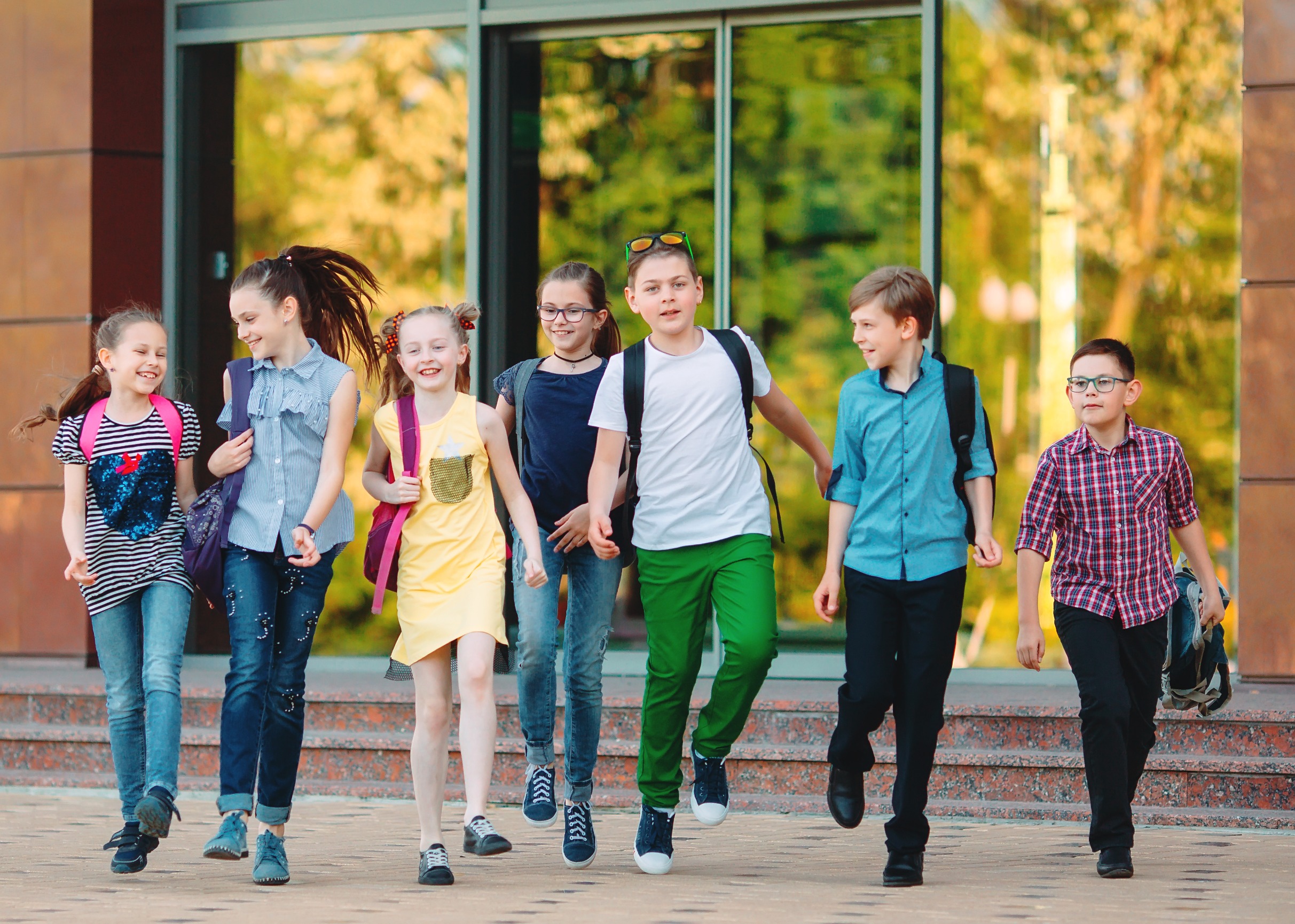khakisofirvington.com – School safety has evolved significantly over the years, with policies and practices adapting to address new challenges and threats. From traditional concerns about bullying and vandalism to more recent issues like cyberbullying and mass shootings, the evolution of school safety policies reflects a broader societal shift in understanding and responding to risks within educational environments.
Early School Safety Measures
In the early days of formal education, school safety primarily focused on physical well-being, with measures aimed at preventing accidents and injuries. This included basic safety drills, such as fire drills, and the establishment of playground rules to minimize the risk of falls and collisions.
The Rise of Zero-Tolerance Policies
The late 20th century saw a shift towards zero-tolerance policies in response to increasing concerns about drugs, weapons, and violence in schools. These policies mandated strict consequences for certain behaviors, regardless of the context or severity of the offense. While intended to create a safer environment, critics argued that zero-tolerance approaches were overly punitive and failed to address the underlying issues contributing to student misbehavior.
Incorporating Mental Health and Prevention
Recognizing the limitations of zero-tolerance policies, schools began to adopt a more holistic approach to safety in the early 21st century. This included a greater focus on mental health support, conflict resolution, and bullying prevention programs. Schools started to implement restorative justice practices, which aim to repair harm and build relationships rather than simply punishing offenders.
The Impact of Technology
The rapid advancement of technology has introduced new dimensions to school safety, including cyberbullying and the threat of digital security breaches. Schools have had to develop policies to address these issues, such as acceptable use policies for technology and protocols for monitoring and responding to online threats.
Response to Mass Shootings
The tragic increase in school shootings in recent decades has prompted a reevaluation of school safety policies. Many schools have enhanced their physical security measures, such as installing metal detectors, locking exterior doors, and training staff in active shooter response protocols. There is also a growing emphasis on threat assessment and intervention strategies to identify and support students who may pose a risk to themselves or others.
Community and Law Enforcement Partnerships
Schools have increasingly recognized the importance of building partnerships with community organizations and law enforcement to enhance safety. This includes the deployment of school resource officers (SROs) and collaboration with mental health professionals to provide comprehensive support to students.
Conclusion
The evolution of school safety policies reflects a complex interplay of societal changes, technological advancements, and tragic events. While the goal of creating safe learning environments remains constant, the strategies for achieving this goal continue to evolve. As new challenges emerge, schools must remain adaptable, prioritizing prevention, intervention, and collaboration to ensure the well-being of all students and staff.
